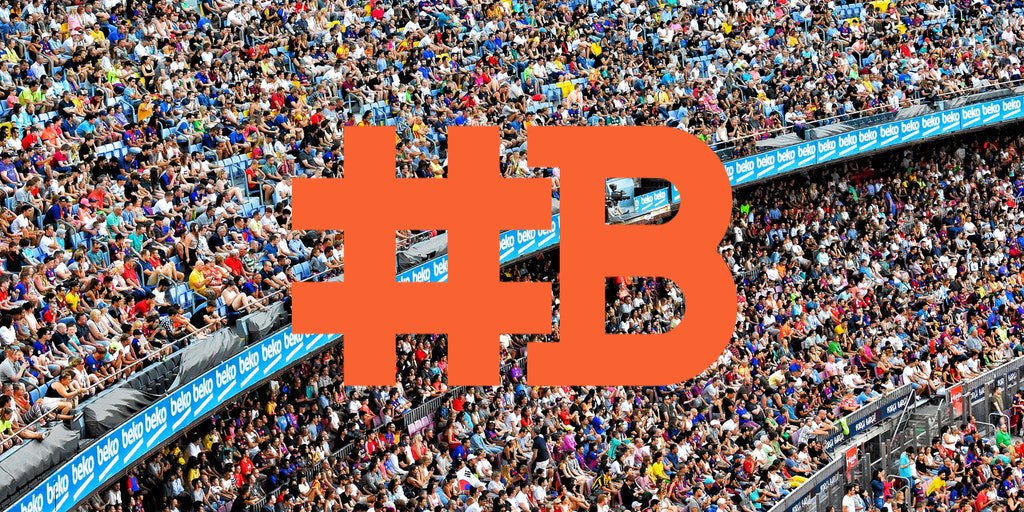I made a graphic about the color rendering in #KnivesOut, to show how pure photometric data from the camera can be translated for display with more complexity and nuance than is often used with generic methods.
The graphic compares:
2. Off-the-shelf (manufacturer bundled) transformation to prepare data to be viewed.
3. #KnivesOut color rendering. (Not a shot-specific color “correction” but the core transformation for the whole project.).
yedlin.net/KnivesOut_Colo…
#NerdyFilmTechStuff






